




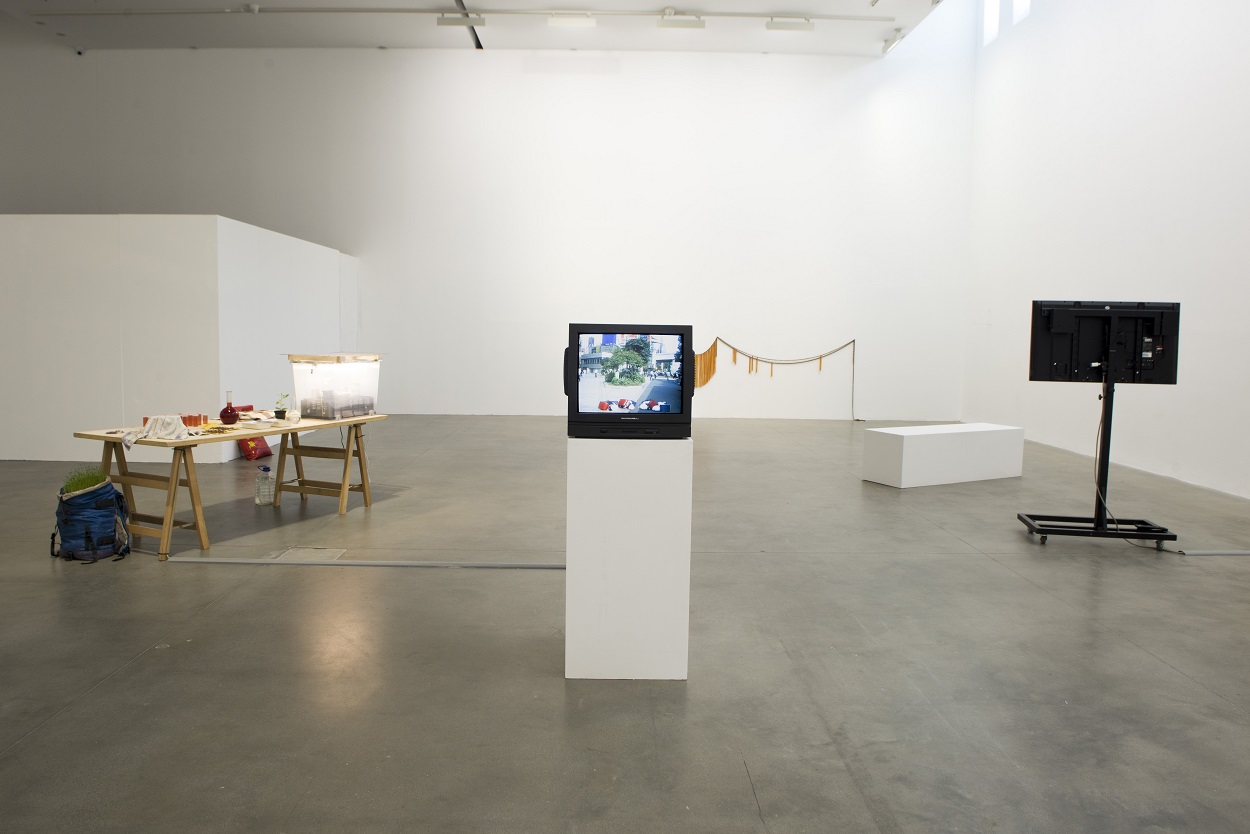





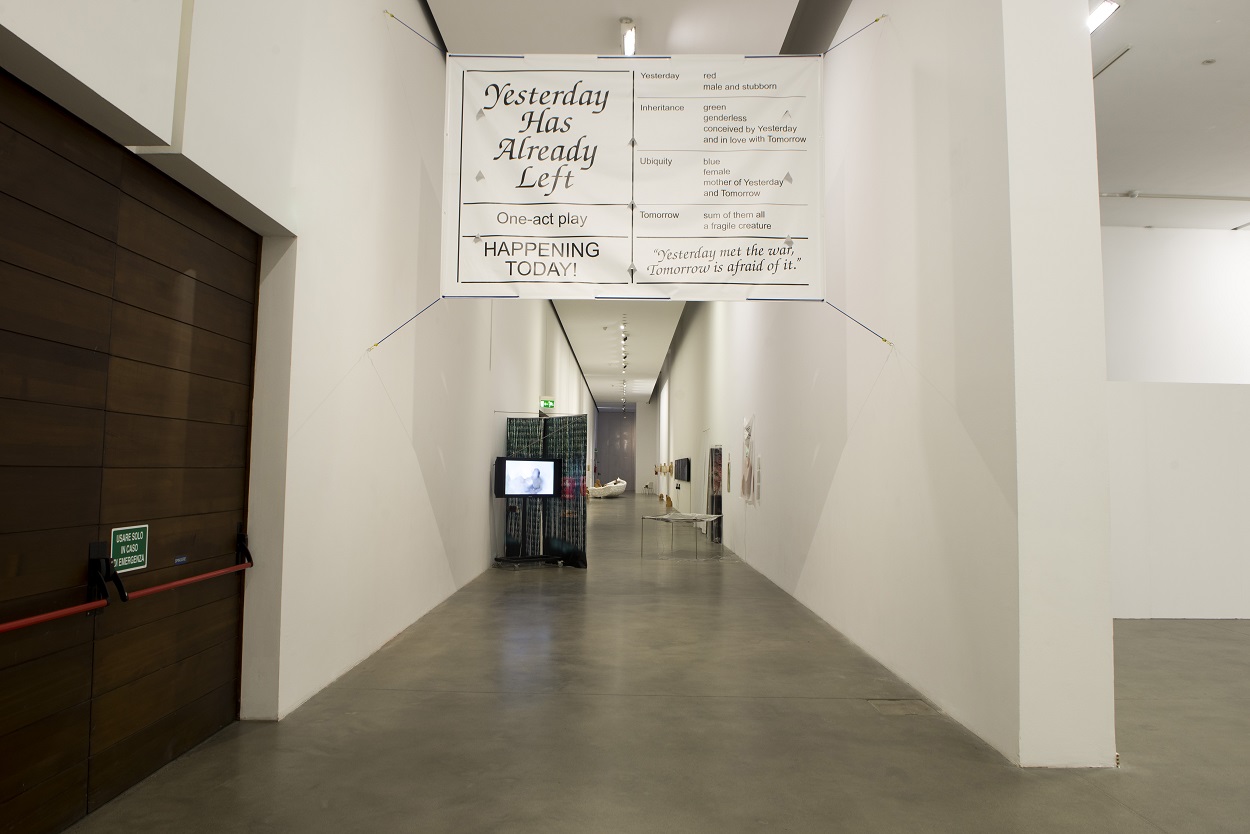

Giulia Crispiani, Happening Today, 2018, Banner, 200 x 300 cm, Design: Federico Antonini
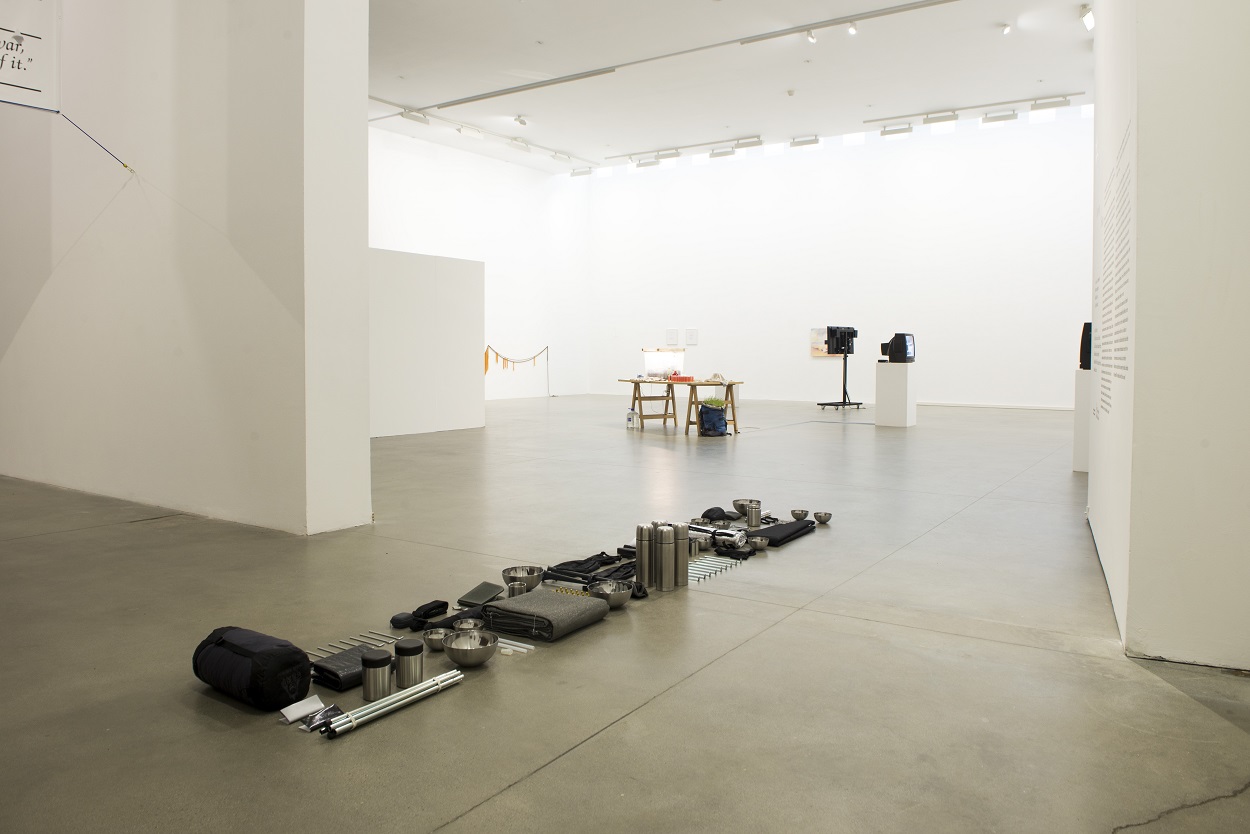
Francesco Pozzato,1068 BC (My Father), 2018, Installation, Dimensions variable
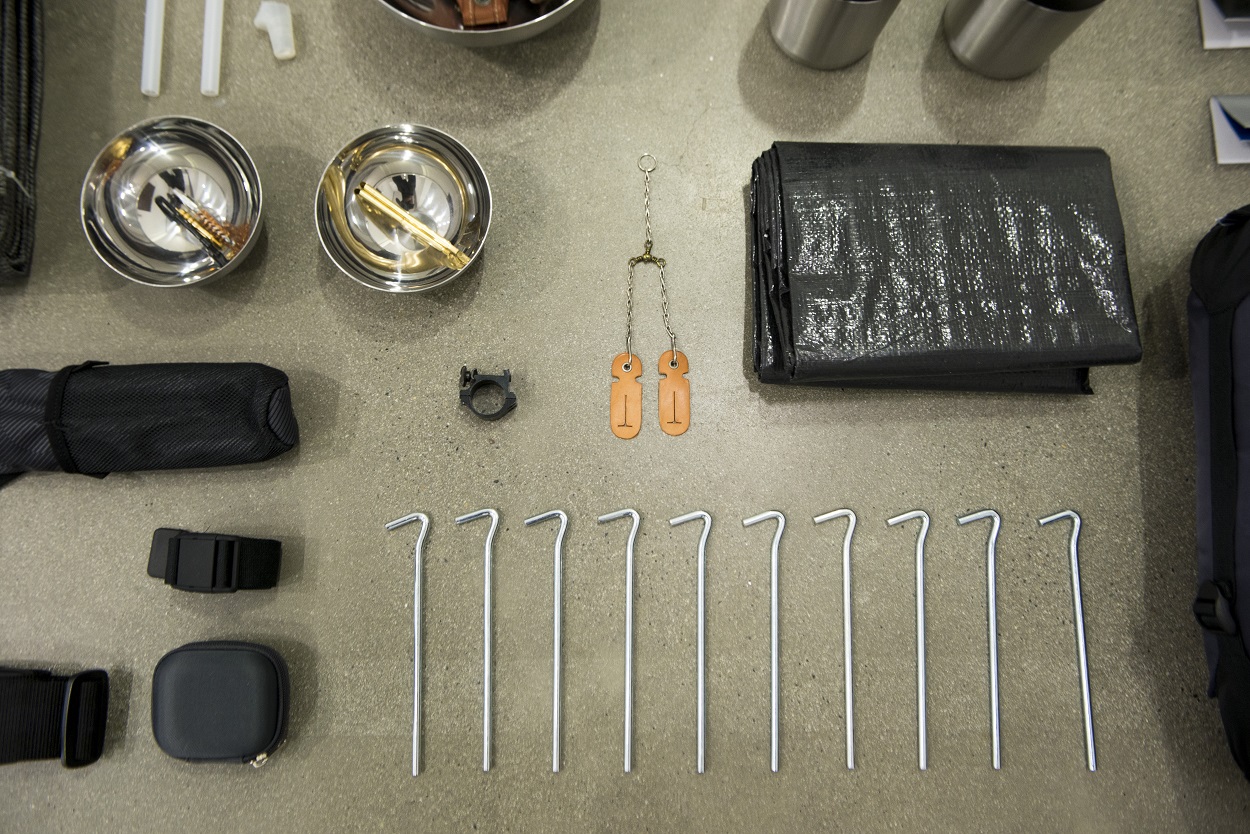
Francesco Pozzato,1068 BC (My Father), 2018, Installation, Dimensions variable

Kinkaleri, WEST(New York), 2007 (video still)

Kinkaleri, WEST(Paris), 2002 (video still)
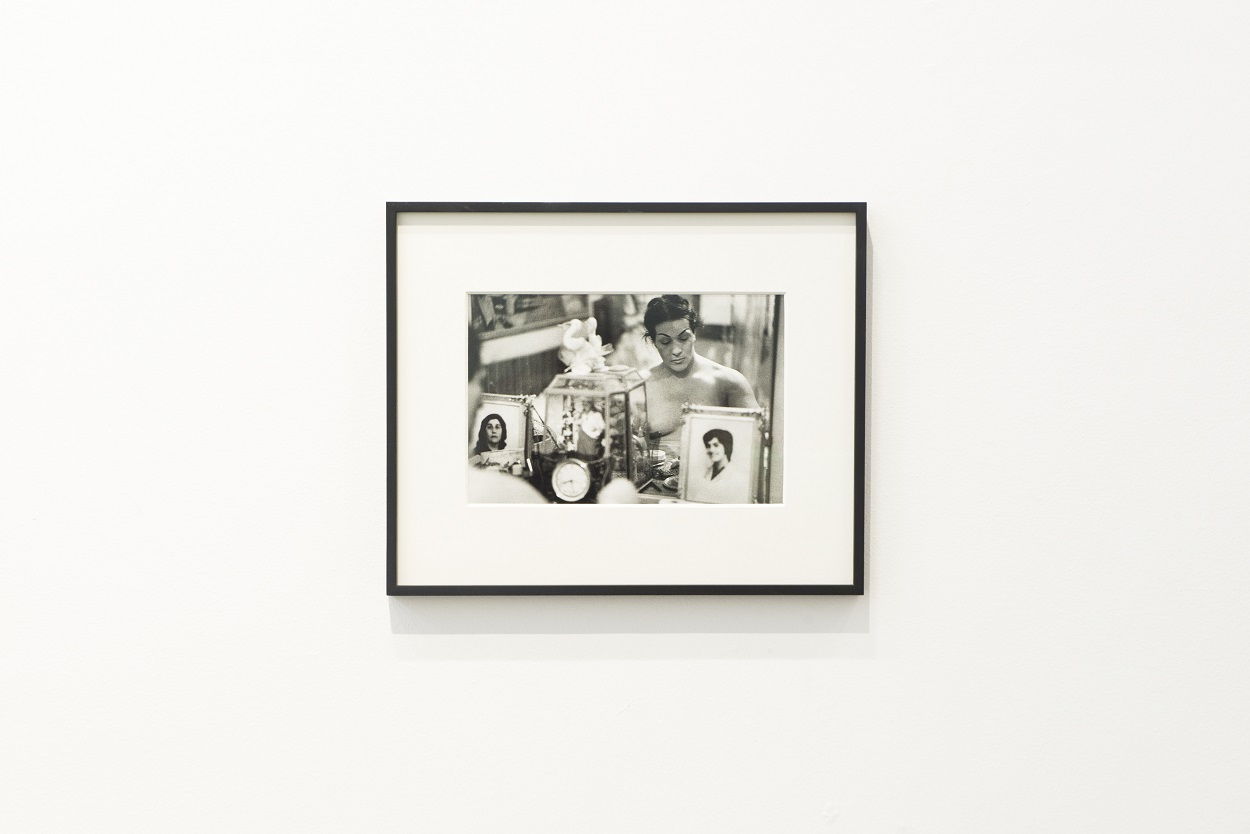
Lisetta Carmi, I travestiti, La Morena, 1965–1970, Modern gelatin silver print, 30 x 40 cm

Alessandra Ferrini, OutCross (Black Mediterranean), 2018, Vinyl, Dimensions variable and Radio Ghetto Relay, 2016, HD video, 15:24 min
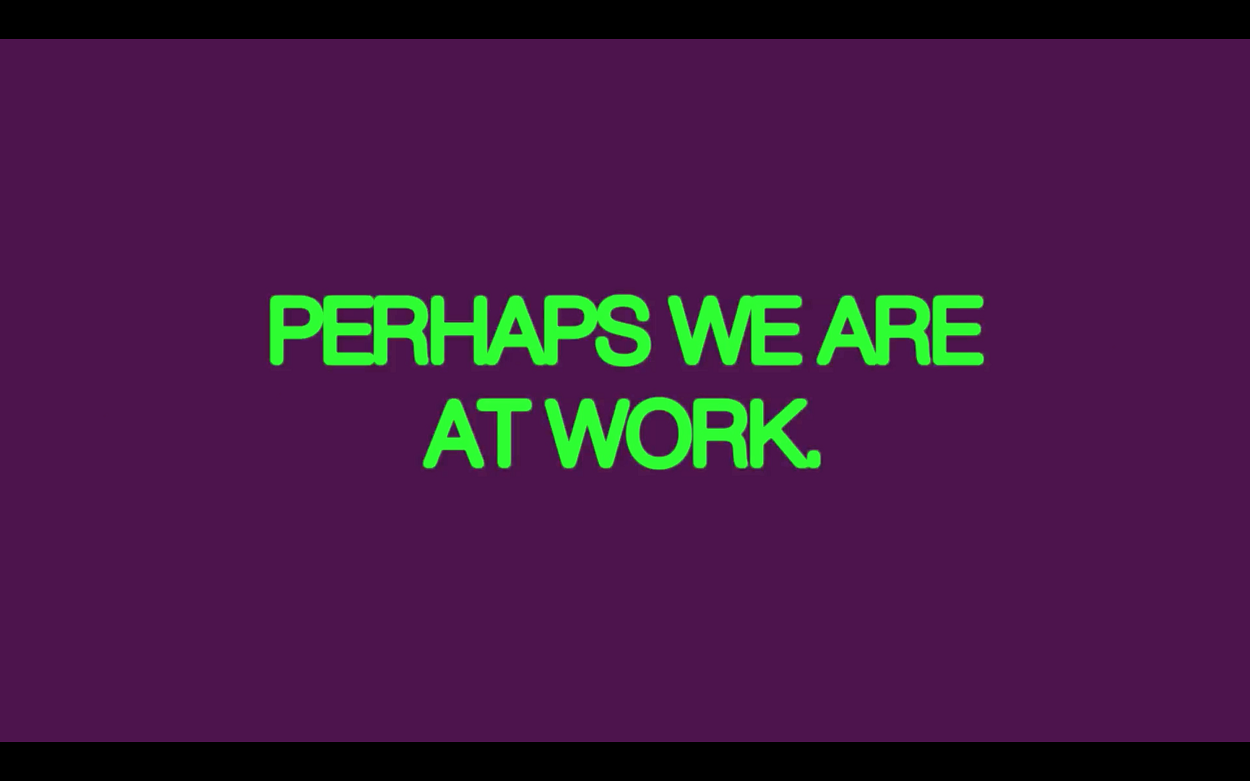
Alessandra Ferrini, Radio Ghetto Relay, 2016, HD video, 15:24 min (film still)

Beatrice Marchi, Paesaggio Figurativo (William Turner, Landscape With a River and a Bay in the Background), 2017, Acrylic and pastel on wood and glass, 60 x 85 cm and Loredana across the landscapes, 2017, HD video, 4’02’’
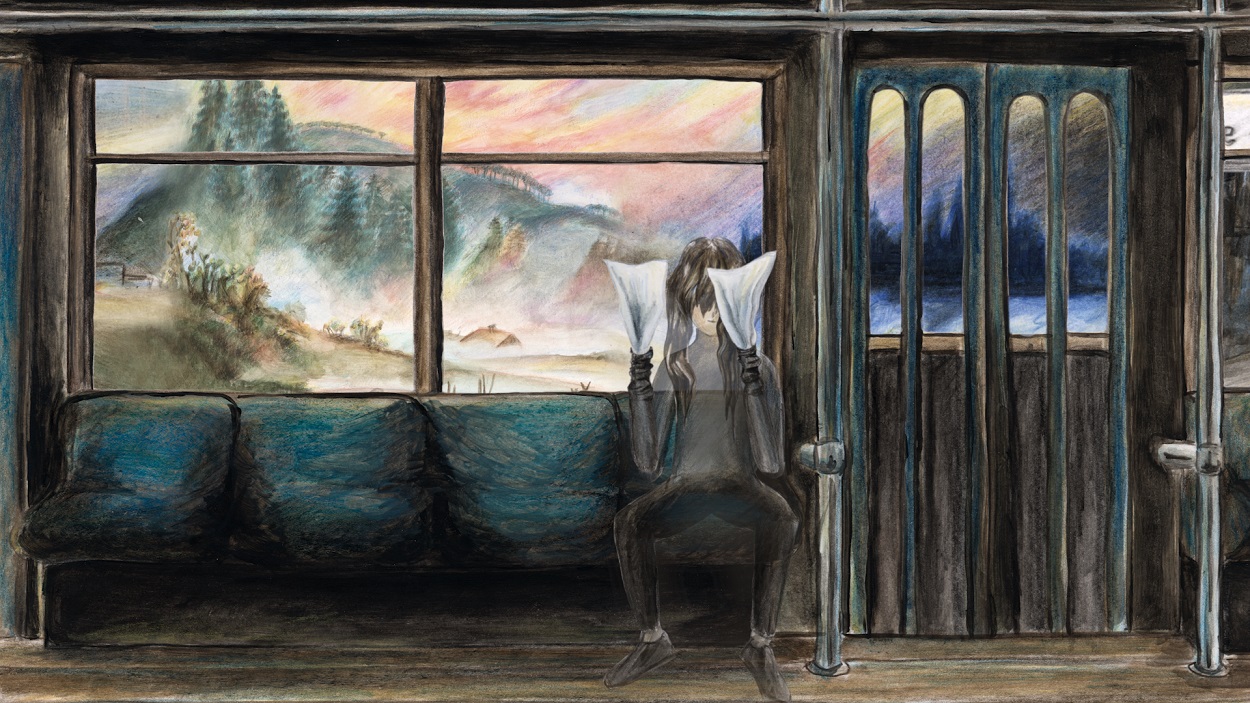
Beatrice Marchi, Loredana across the landscapes, 2017, HD video, 4’02’’ (film still)

Beatrice Marchi, Loredana across the landscapes, 2017, HD video, 4’02’’ (film still)

Davide Stucchi, Not Much Could Be Saved from the Volcano, 2018, Rusted iron chain, chili spaghetti, Dimensions variable

Davide Stucchi, Anacapri, 2013 and Milano, 2018, Both: felt-tip pen on paper, 14.5 x 21 cm unframed

Leone Contini, The Turin Baobab Invasion, 2018, Bouye (Baobab dried fruits), sprouting house, baobab seeds, soil, light, baobab plants, test tubes, Po river water, Bouye juice, secret ingredient, and miscellaneous objects; Dimensions variable

Leone Contini, The Turin Baobab Invasion, 2018, Bouye (Baobab dried fruits), sprouting house, baobab seeds, soil, light, baobab plants, test tubes, Po river water, Bouye juice, secret ingredient, and miscellaneous objects; Dimensions variable

Leone Contini, Giardino Viaggiante (Traveling Garden), 2018, Installation with miscellaneous sprouting seeds, Italian soil and Po river water, backpack; Dimensions variable

Marinella Pirelli, Bruciare, 1971, 16mm transferred to DVD, colour, sound, 4:00 min

Marinella Pirelli, Bruciare, 1971, 16mm transferred to DVD, colour, sound, 4:00 min

Marinella Pirelli, Il Lago, 1965, 16mm transferred to DVD, colour, sound, 14:00 min

Marinella Pirelli, Il Lago, 1965, 16mm transferred to DVD, colour, sound, 14:00 min

Marinella Pirelli, Il Lago, 1965, 16mm transferred to DVD, colour, sound, 14:00 min
Coming Soon
Lisetta Carmi
Leone Contini
Giulia Crispiani
Alessandra Ferrini
Kinkaleri
Beatrice Marchi
Marinella Pirelli
Francesco Pozzato
Davide Stucchi
Curated by Mira Asriningtyas, Nora Heidorn and Kari Rittenbach
Fondazione Sandretto Re Rebaudengo, Turin
7th June 2018 – 7th October 2018
Before the era of Coordinated Universal Time, municipal (and other) clocks were set according to the position of the sun, allowing for localized cosmic interpretations. The speed achieved by eventual global synchronization—from the movement of people to the exchange of goods and capital, telecommunications, and later, financial speculation—produced the appetite for more and more surplus value, and the general ideology of acceleration. If Foucault describe the biopolitical control of populations through the management of everyday life processes, today all mundane calendar activity is subjected to capitalization: education, work, social, family and other personal obligations. From a Western point of view, efficiency is the only mode of access to the new economy, and slowness either a privilege or a slur.
The fetish for the “now” and the false urgency of the contemporary—to be always-already up-to-date, on trend, on-the-move—reward instant gratification at the expense of the laborious and the longer term, leaving little space for reflection,retraction, failure, or even a wasted afternoon. Yet value appreciates in time—how do you choose to spend it? Across a timeworn landscape, abstract national essentialism splinters into complex regional, territorial, and cultural specificities—a context in which many different histories and temporalities collide, coincide, and co-exist. The
utopian alternate reality reveals itself as an alternate temporality, and the lapse into provincialism a hegemonic assumption. Does our experience of time—from the city, to the periphery, to the island—really change with our physical geographical location? When does reproductive work occur in the absence of wage-labor?
These questions implicate our peers, our generation, ourselves, our “own” time and sense of it. Still the perpetual drive for productivity calls for creative and intellectual, care and manual work to be in process at all times. Coming Soon suggests both an answer to and deferral of this demand until a moment that has yet to arrive—a situation marked by expectation that might as well be now. The static and time-based artworks in the exhibition handle the clock either technically or conceptually, with particular concern for how the time we have can be re-valued, used and shared.
Performed for the exhibition opening, Giulia Crispiani’s one-act play anthropomorphizes the characters Yesterday and Tomorrow, setting them in competitive tension. Francesco Pozzato expresses a funereal futurity in an installation that recasts camping gear as ancient Egyptian burial goods. In an animated film, Beatrice Marchi’s alter-ego rides a streetcar across an accelerated history of landscape painting while remaining in a stagnant present.
Marinella Pirelli’s experimental films paint a picture of the psychological and environmental context of postwar Italy through the material of the natural world: a lake and a delicate flower’s petals. The plant life in Leone Contini’s installation transforms ideas of national territory through the cultivation of smuggled seeds. Alessandra Ferrini reorients the economic and historical circumstances of the Mediterranean region, in order to see present relation between Italy and the African continent through legacies of Italian colonialism and fascism.
During their long-term collaborative performance project, Kinkaleri staged countless “small deaths” in urban capitals to prefigure the end of the era of the West. Lisetta Carmi’s timeless photographs depict subtleties of presence, absence, and marginality within Italian society. Davide Stucchi extrapolates the drawn line from two-dimensions into the space occupied by the body and back again, working out and across materialities that slowly build up and decline.
—Mira Asriningtyas, Nora Heidorn, Kari Rittenbach
Turin, May 2018
The reader published on the occasion of Coming Soon
Back